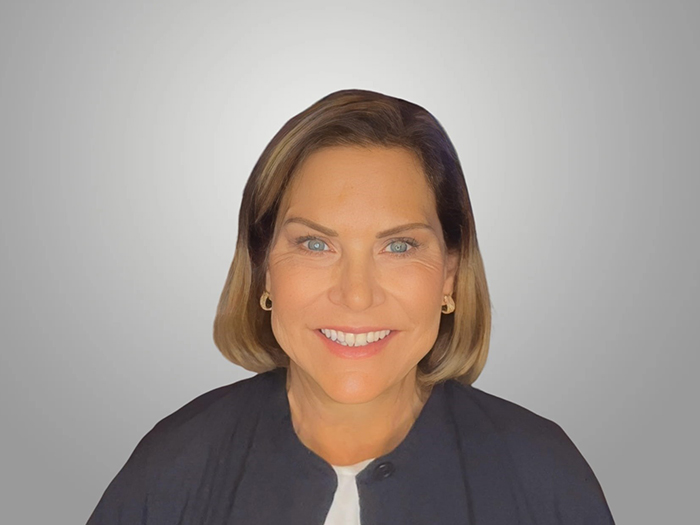Risk Insider: David Theron Smith
Evaluating Risk Management’s Corporate Synergies
The decision as to which department takes ownership of risk management in the corporate organizational hierarchy is potentially flawed.
Risk management departments identify, prioritize risks, drive risk reduction, mitigate losses, conduct root cause analytics, and transfer risks, making a significant impact on corporate liabilities and financial reporting. For these reasons, risk management is often considered a financial discipline, reporting to the finance department and CFO.
Risk management is also involved in legal and regulatory activity (OSHA, environmental, employment practices, etc.). Therefore risk management is often assigned to the corporate legal department, reporting to the general counsel.
Casualty claims dollars managed by risk management and driven by workers’ compensation, general liability and auto claims costs, are of significant interest to the CFO and general counsel.
As a result, a corporation may decide that the legal department has the greatest ability to control the claims dollars, while finance has the greatest interest in the timeliness and accuracy of the dollars. Not wrong, but are these perhaps reasons that a risk management department should not report to the CFO or general counsel.
The fundamental element of a successful risk management program rests in the human behavior of the enterprise and its employees.
In a recent Aon market survey, 83 percent of the companies in this study view risk management as a financial or a legal function, with 51 percent reporting to finance.
While the majority of corporations view risk management as a finance or legal function under the CFO or general counsel; risk managers should examine the wisdom of this approach. Is this an inefficient or potentially dangerous strategy?
The fundamental element of a successful risk management program rests in the human behavior of the enterprise and its employees. I suggest that although only 2 percent of all organizations agree, human resources departments offer more successful synergies and firewalls against undue financial pressures.
A legal or finance department exercising authority over risk management may be tempted to pressure financial outcomes. Organizations are constantly under pressure to “make their numbers”. A finance or legal department may pressure risk managers to deviate from claims reserving best practices; delay timely reserving or understate claim reserves. The result, inconsistent loss trending or understatement of liabilities.
The synergies of the human resources and risk management functions offer a foundation of complementary strategic, knowledge and skill. Admittedly, many organizations lack a robust human resources department. In these cases, consideration should be given to the realignment of the health care, LTD, STD functions to risk management while remaining cognizant of the challenges of upward reporting relationships.
Human resource’s focus on personnel, culture and performance complements risk management’s safety, workers compensation and customer service focus.
Any potential financial and legal departmental influence, is removed, alleviating pressure on liability reserving bias.
Human resource’s oversight of risk management sets the scene for future strategic initiatives. Creating efficiencies relative to people and health care management expertise, with the added benefits of potential health and disability benefits integration with workers compensation management.
Although it may buck the trend, the synergistic opportunities of the risk management and human resources functions should be weighed against the traditional CFO or general counsel alliance which may not only be inefficient but offer conflicting strategies.
Read all of David Theron Smith’s Risk Insider contributions.










